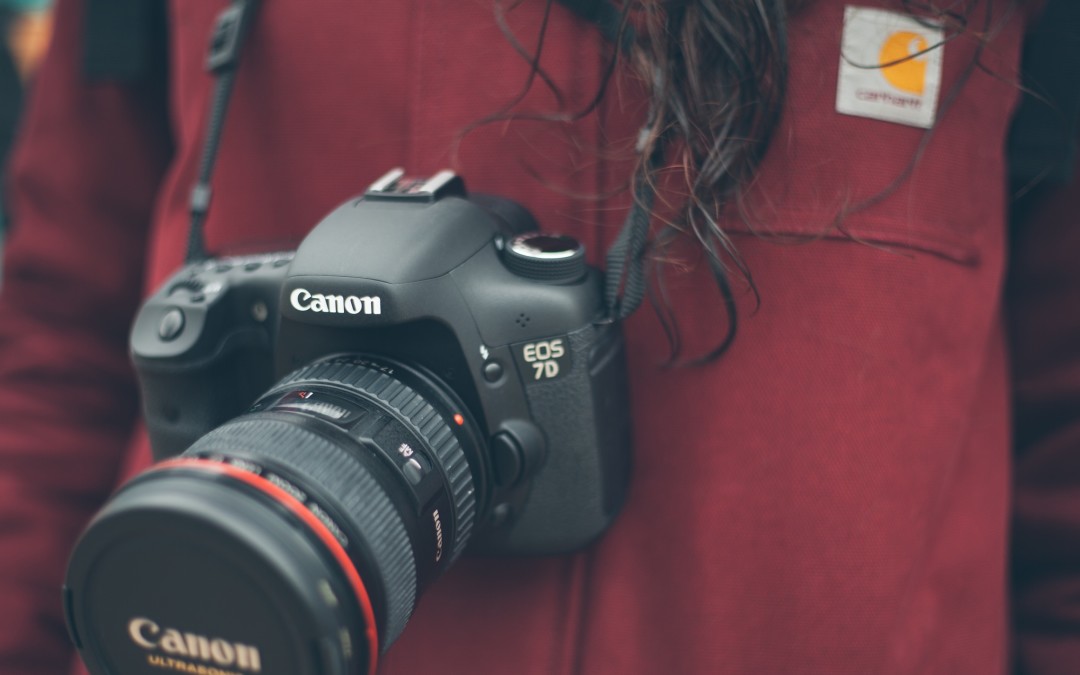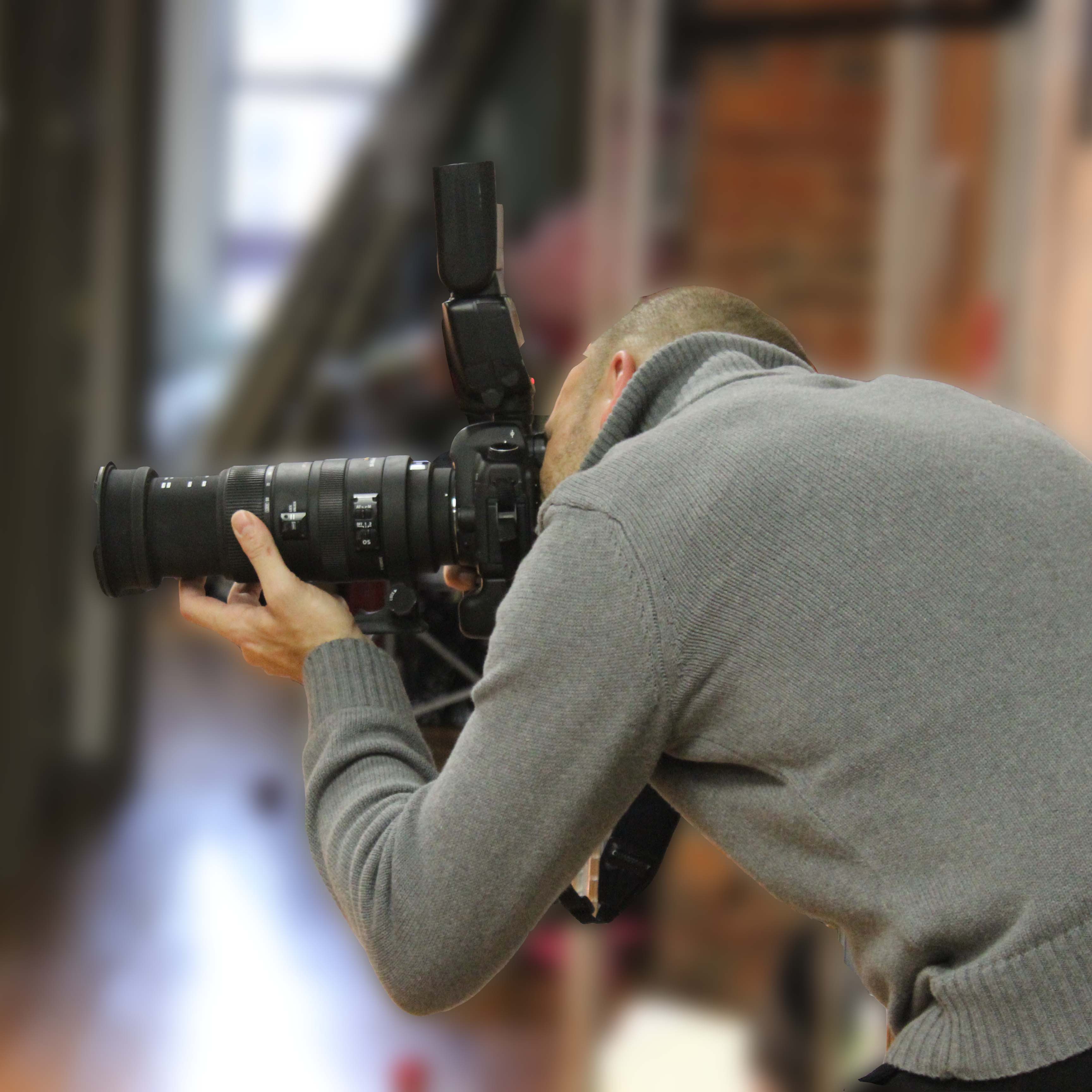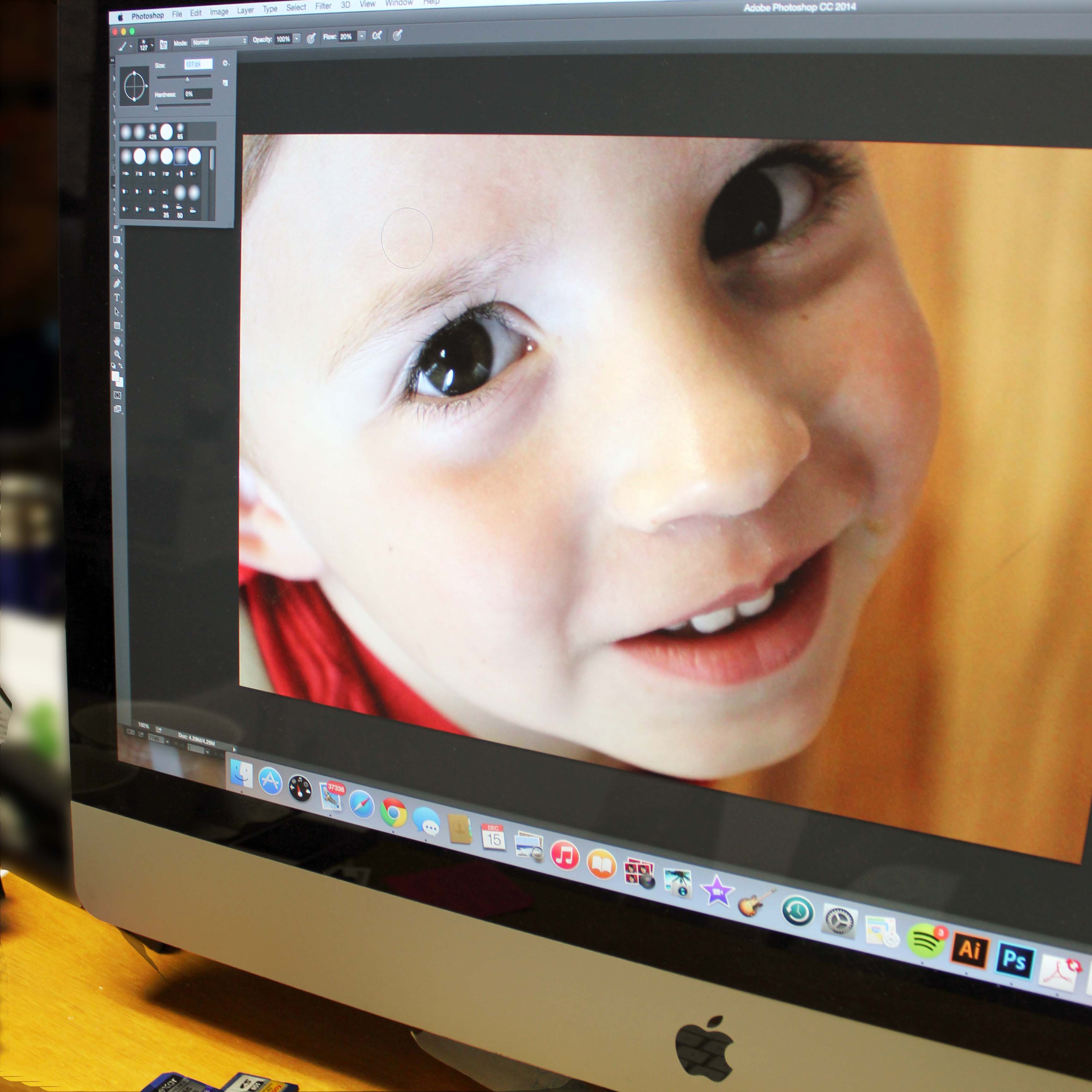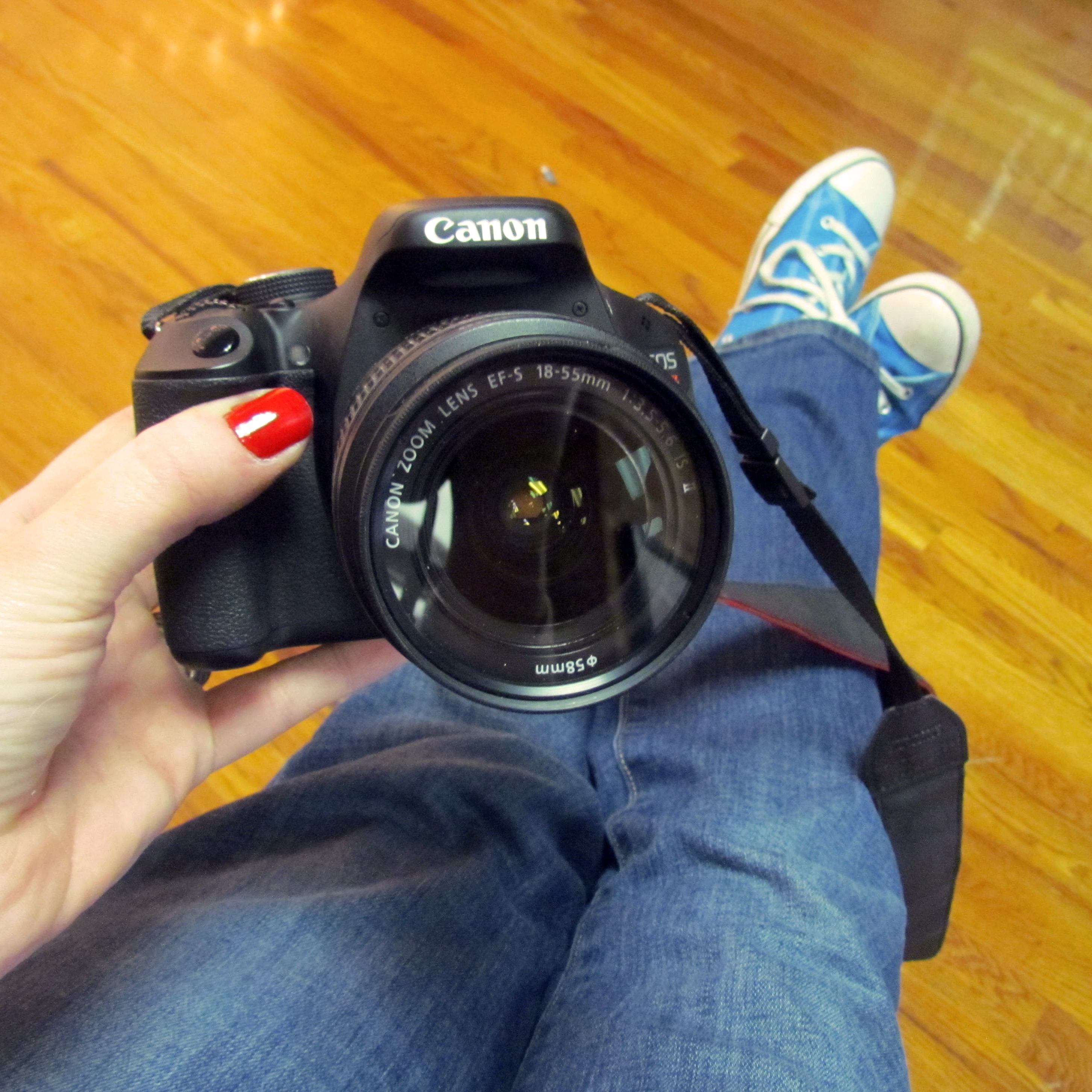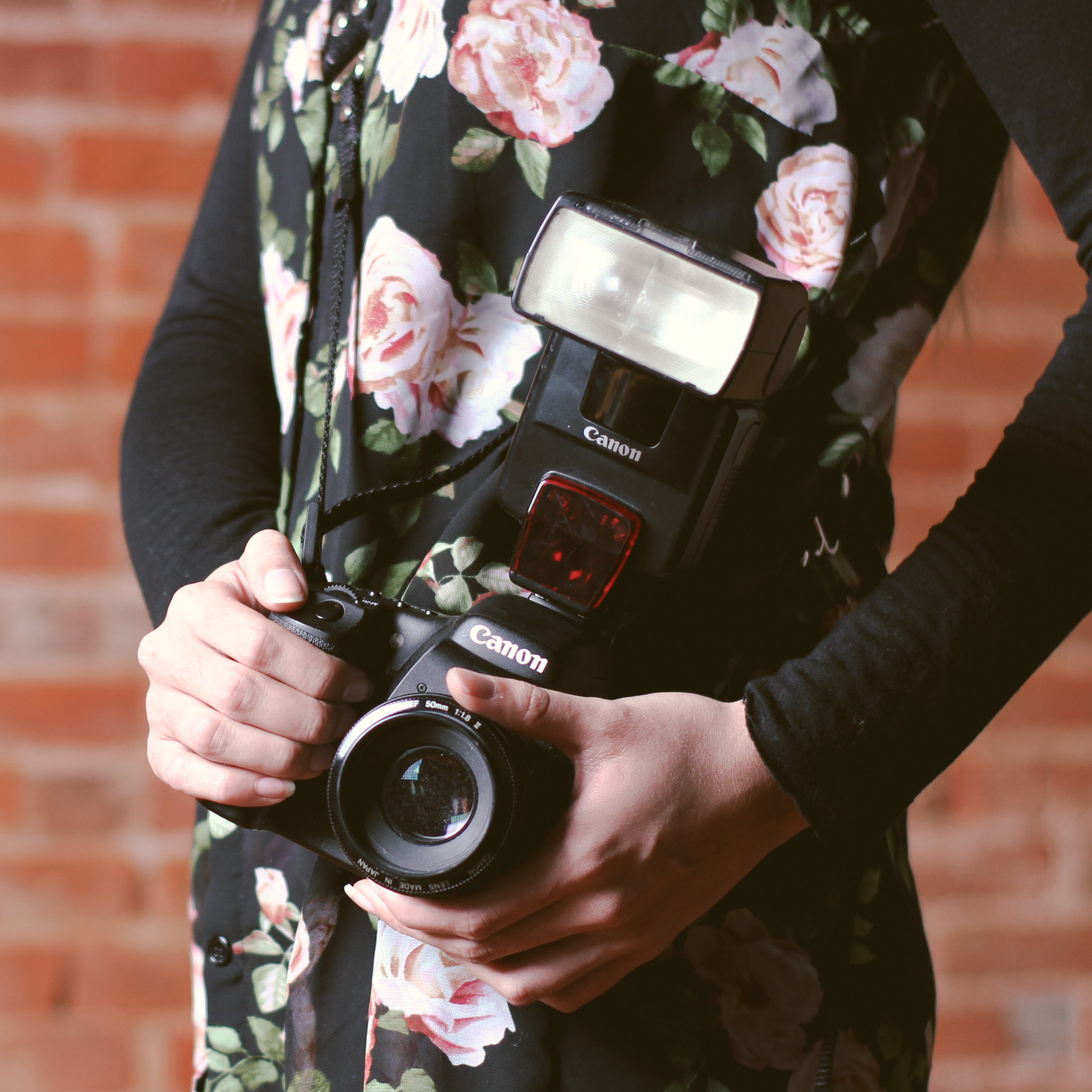One of the best things about learning photography back in the darkroom era is that I didn’t grow up as a pixel peeper. I knew that my camera was only one small part of a process that resulted in photographs. Today digital photography fools us into believing that the camera makes the picture, but that simply isn’t any more true now than it was then. If you aren’t happy with your photos right now it’s highly unlikely that your camera is the problem. You probably don’t need a better camera, so first explore these three things:
1-Photography classes
Photography has always been half art, half science. Where the art and science show up in the process has changed over time, but what remains is still a blend of the two. Composing a shot, expressing emotion, posing a subject, eliciting smiles, client relationships, and a whole other host of photography skills are pure art. Understanding the mechanics of a camera, triangulating aperture, ISO, and shutter speed, and utilizing software programs are science. No good photograph was ever made by a camera. Photographers make photographs, and photographers are people, and people require training and experience to know stuff.
In the past more people understood photography for a variety of reasons. The old technology did less for the photographer, thus people who wanted to take pictures had to learn more. Plus, they used to teach photography lots of places. Kids learned it in school, Boy Scouts, Girl Scouts, 4-H, and other organizations taught it. And don’t forget all that people learned at camera shops and photo labs. Today most people don’t enter adulthood with a foundational understanding of photography, so they have to learn it somewhere.
YouTube, Pinterest, and other online resources are infinitely helpful, but there is still nothing that beats the learning you can experience with the help of a real live human being. If you aren’t happy with your photos take a photography class before you run out and get a better camera. A skilled instructor can answer your questions, help you trouble-shoot, and teach you the fundamentals you need to create the kind of photos you want.
2-Practice
In Malcolm Gladwell’s book Outliers, he frequently mentions his “10,000” hour rule. Although the concept has come under some criticism and scrutiny, not many will argue that repeated, purposeful practice is a bad idea. In fact, the old idiom “practice makes perfect,” is just as useful. Mastery isn’t an accident, and in photography, like nearly everywhere else, there are no shortcuts or substitutes for hard work. Simply put, if you want to take better photos, take more photos. Then look at those with a critical eye, see what you want to improve, and learn how to do that.
Truthfully, training and practice go hand in hand. The more you shoot, the more you’ll realize what you want and need to learn. When you take photography classes, you’ll only get the real benefit of those classes with diligent practice in between. The two together will help anyone become a better photographer.
I always advise people to carry their camera with them every day. Shoot whatever is interesting to you, but for goodness sake–SHOOT. Take lots of pictures and challenge yourself. Think about it, what sort of photographer are you without a camera in your hand? Runners don’t just run in marathons, they run every day. The same is true for photographers.
3-Other gear
When I’m teaching photography classes, 9 times out of 10 when a photographer’s pictures would be helped by purchasing something, the thing they need to purchase isn’t a better camera. That said, more than half of the time the photographer thinks the camera is the problem. Don’t get me wrong, photography is an expensive hobby, and often the only way to solve for certain challenges is to buy something, but usually a better camera isn’t the first thing people should buy.
Today’s digital cameras are technological marvels. Even entry-level hobbyist cameras can take shockingly beautiful photos. The challenge is knowing how to use the camera, and what lenses, lighting, and other gear would help make the best image in a particular situation.
The first, and most common thing that people need to buy are lenses. Most cameras come with a “kit lens,” which is an inexpensive, all-purpose zoom lens that usually has (lower quality) plastic lens components and will produce moderately good photos in optimal conditions. These lenses perform very poorly in low light situations without the aid of other gear, and often are best replaced by better quality lenses. What lens should you buy? Well, that depends on what you shoot. Odds are you’ll learn what lenses you need when you take a few photography classes, and of course practice more.
Usually the next thing people should buy is a speedlight. Often people associate flash with over-exposed, ugly snapshots, but used properly, a good speedlight will help you get better pictures, even with a lower-quality kit lens. Using a flash properly can vastly improve photos, and it’s one of the least expensive things you can buy.
Finally, one can’t underestimate the value of a good tripod or monopod. Although cameras and lenses have all kinds of fancy vibration reduction technology these days, nothing beats the vibration reduction of simply stabilizing the camera. For as little as $30 you can see measurable improvement in your photos.
So do you need a better camera?
If you can say yes to all of these questions, then maybe it’s time to start shopping, if not………refer to 1,2, & 3 above
- Ask yourself if you’ve really learned everything there is to know about the camera you have. Have you read the manual? Have you tried every button, function, and feature? Have you really found a key feature that your camera is lacking?
- Have you taken enough classes? Do you really understand the art and science of photography? Do you know what you still need to learn?
- Do you have the right gear to use with your existing camera to take the kinds of photos you are trying to shoot? Do you know how to use that gear properly?
If you really need a better camera, have fun shopping for one, and enjoy it when you get it. If you don’t, we’re happy to help you here at Tog Loft, that’s why we’re here. For information about classes Click HERE

